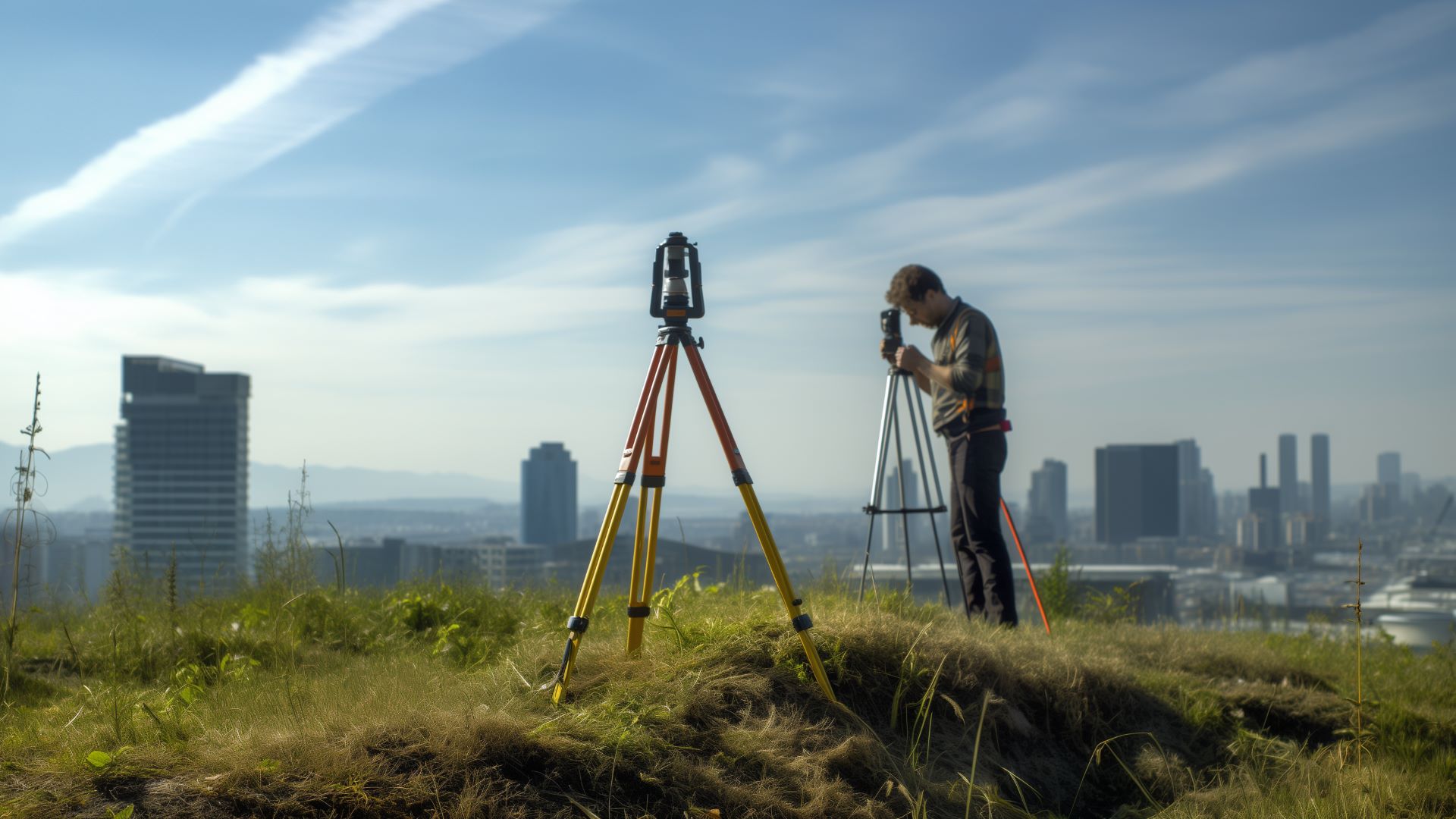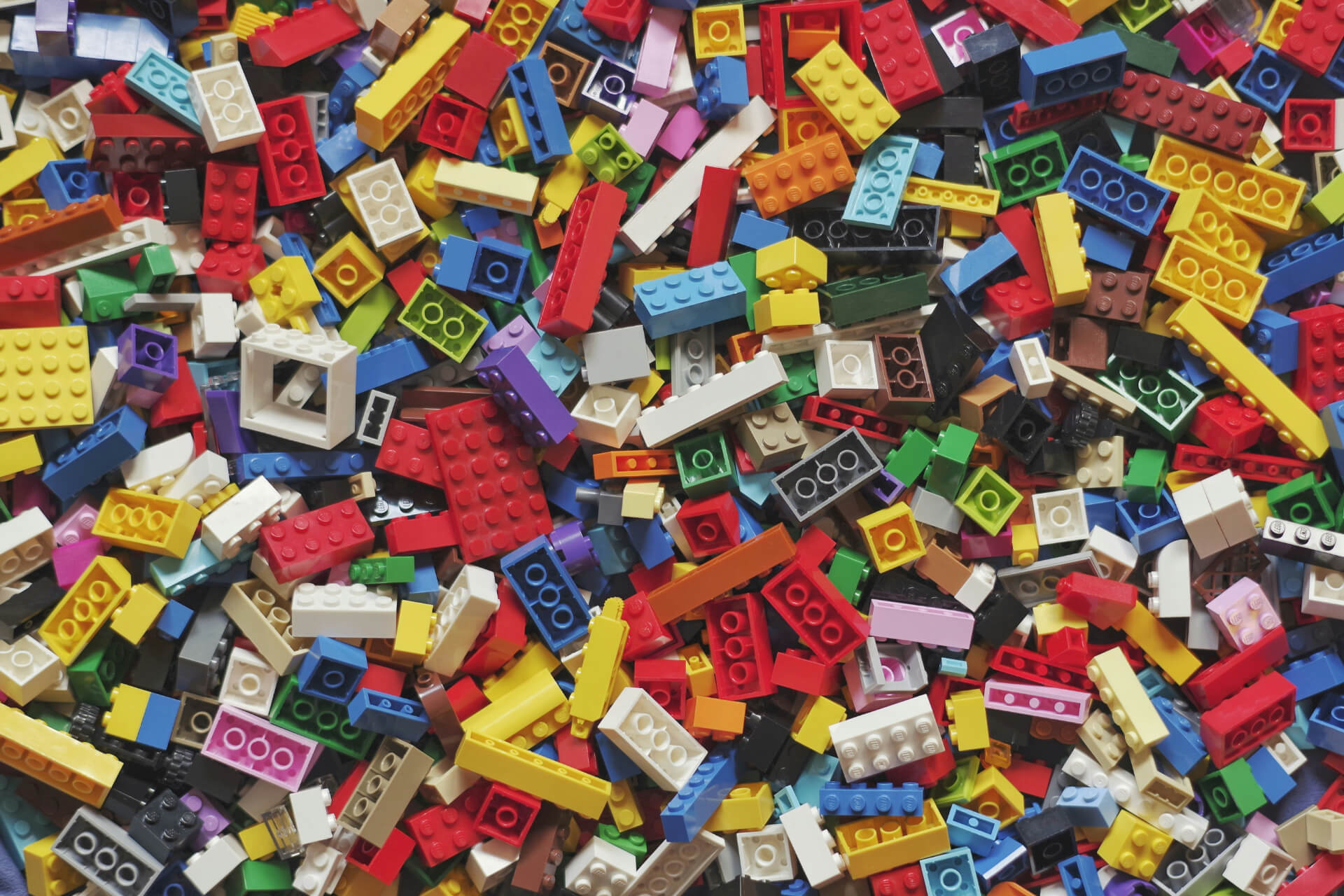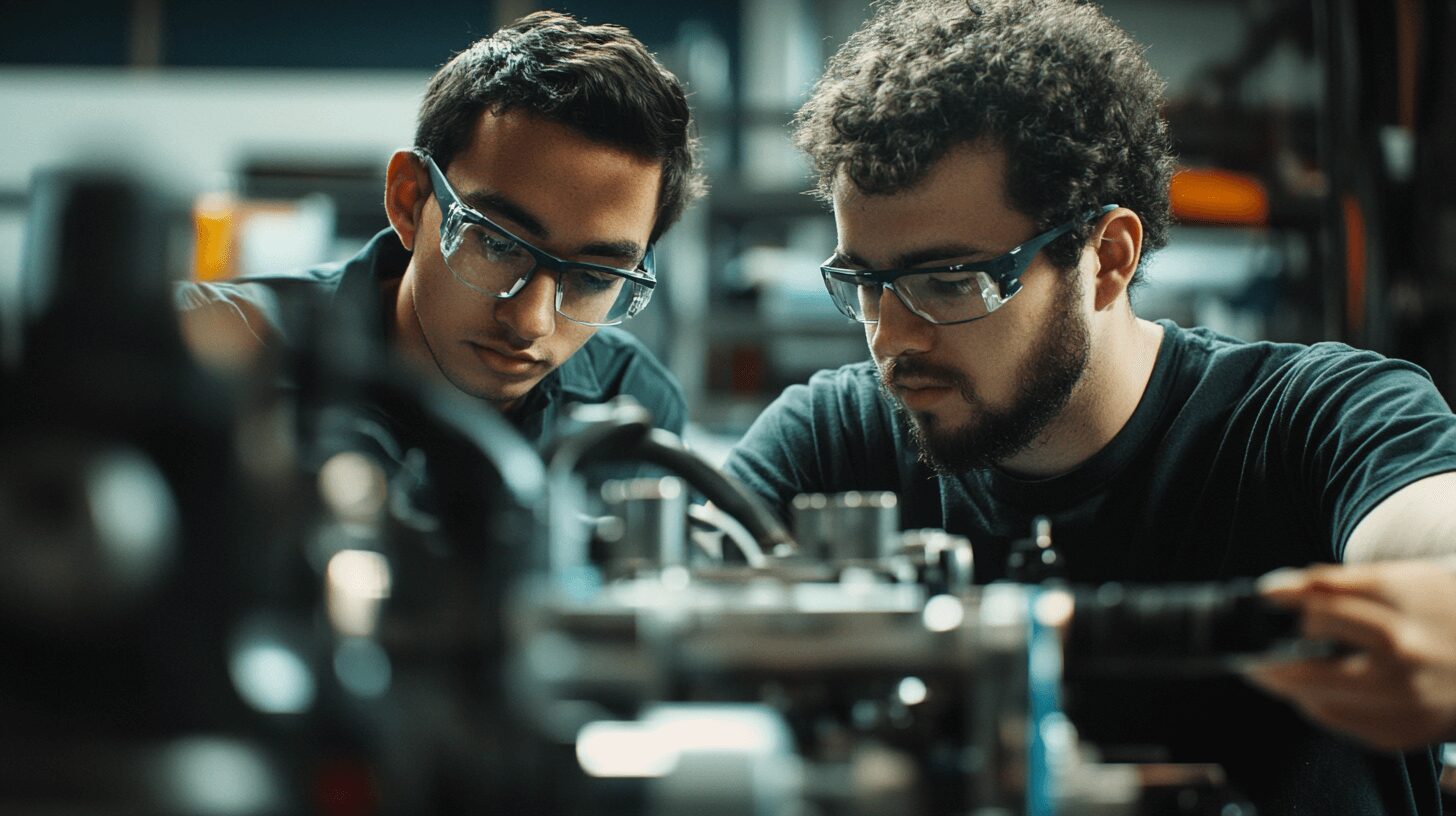
Scientists vs. Engineers: The Battle for the Night Sky
August 3, 2023 - Emily Newton
Revolutionized is reader-supported. When you buy through links on our site, we may earn an affiliate commission. Learn more here.
At the same time that satellites have brought unprecedented advancements in technology, they’ve also caused a growing issue for astronomers in the form of photobombing. Now, scientists and engineers are going head to head trying to answer a question humanity has never had to answer — who owns the night sky? Let’s analyze the battle between scientists vs. engineers!
Obscuring the Stars
Some 9,692 satellites are currently in orbit, and engineers have plans to launch countless more. Additionally, many satellites hang around long after they become inactive. The total number of satellites in orbit is much higher than counts of active spacecraft. What does this mean for scientists?
Ground-based astronomy is running into problems when looking up — satellites appear as bright blurs in otherwise pristine photos of the sky. As their solar panels and metal parts reflect sunlight, they leave long white streaks, almost digital in their appearance, on long-exposure photos of everything from near-Earth objects to nebulas. Meanwhile, space-based astronomy is contending with satellites whizzing underneath Earth-facing cameras, blocking views of the planet.
Implications for Science
Here’s how satellite interference harms astronomy:
- Wasting Time and Money
Almost 20% of twilight images — those taken at dawn or dusk — at the Zwicky Transient Facility (ZTF) are affected by satellites making an unwelcome appearance in the background. Many are simply unusable.
Ground-based telescopes are often highly sensitive to changes in the night sky. They will painstakingly capture every streak, whether from a meteor, airplane or satellite, that passes through their field of view. Taking astronomical data is time-consuming and expensive — having to discard otherwise valuable pictures wastes precious resources. If Starlink reaches its goal of launching 10,000 satellites by 2027, nearly all twilight ZTF photos will contain at least one unsightly satellite mark.
It isn’t a problem editing can fix. Many telescopes are looking for changes in the sky that could have profound implications for life on Earth, so Photoshopping or throwing out any photos with streaks on them could be counterproductive.
- Making Observations Harder
The Vera C. Rubin Observatory under construction in Chile, for example, will look for near-Earth asteroids that could blast a crater in the planet and send humans the way of the dinosaurs. A 2020 study found that satellites will contaminate nearly 50% of twilight exposures at the facility upon its completion. Sifting through countless white streaks to determine which are annoyances and which are potentially life-ending will be a Herculean task.
The Hubble Space Telescope already contends with satellites passing overhead as it looks up into space, although its narrow field of view affords it some protection. Other space-based telescopes won’t be so lucky. China’s upcoming Xuntian telescope will have a field of view hundreds of times greater than Hubble’s. Satellites will, therefore, be a much bigger issue. Satellite interference will potentially set astronomy back in terms of learning about space.
- Causing Collisions
Another issue with satellite constellations — vast networks of satellites orbiting the Earth — is the potential for Kessler syndrome. The collision of space-based objects could cause a cascade of subsequent crashes, generating debris that would cause even more collisions.
This snowball effect would scatter tiny particles of metal through the atmosphere. The lingering dust would constantly reflect sunlight back onto the Earth, brightening the night sky and threatening the field of astronomy.
Expanding Coverage
The engineers responsible for launching satellites are often unaware of the problems they’re causing for scientists. Most are concerned mainly about expanding cell, GPS and internet coverage in an efficient and durable way.
It’s a noble goal — bringing communication services to rural areas affords people new opportunities and improves human quality of life. However, engineers must take steps to ensure they aren’t creating new problems in the quest to solve others.
Making a Change
The battle between engineers vs. scientists will continue until somebody finds a solution to the satellite problem. Currently, ideas for addressing the issue include:
- Orbiting Lower
Satellites with a lower orbit spend more time in Earth’s shadow at night. Consequently, they reflect less sunlight and give astronomers more time to take photos.
- Building Smaller Satellites
The smaller a satellite is, the less light it will reflect. Building smaller satellites — and launching fewer of them overall — will minimize light pollution.
- Angling Satellites Differently
Making satellites orbit at a slightly different angle can help them reflect sunlight away from the Earth rather than toward it.
- Communicating With Scientists
One of the most important things engineers can do to lessen their impact on astronomy is to communicate with scientists. Providing information to the astronomy community on where satellites are and when they will pass overhead allows scientists to make better plans.
For example, if astronomers know a satellite constellation will pass in front of Venus at a certain time of night, they can wait until later to take photos.
Much like in air traffic control, knowing the location of satellites is also crucial for preventing collisions that could cause the Kessler effect.
- Passing New Regulations
How many satellites are allowed in the night sky? How low can they fly? Should there be a limit to their brightness?
International organizations must put laws in place to answer these questions and address the overall use of space. Right now, regulations vary from country to country, and there isn’t even a legal definition of satellite constellations. But since all people share the same night sky, it’s crucial to establish regulations to protect it — if not just for science, but also for humanitarian reasons. Having an unobstructed view of the stars shouldn’t be considered a luxury.
Scientists vs. Engineers: Who Will Win?
Astronomers and engineers both aim to advance science and technology for the good of humanity. However, they don’t always see eye to eye. The issue of satellite constellations has caused contention between the two fields, leaving many to wonder who will emerge victorious in the battle of scientists vs. engineers.
Space is still a wild west, but pretty soon, launching satellites will be as easy as air travel — and thank goodness we have regulations for that. The night sky is supposed to be dark, so let’s keep it that way.
Revolutionized is reader-supported. When you buy through links on our site, we may earn an affiliate commission. Learn more here.
Author
Emily Newton
Emily Newton is a technology and industrial journalist and the Editor in Chief of Revolutionized. She manages the sites publishing schedule, SEO optimization and content strategy. Emily enjoys writing and researching articles about how technology is changing every industry. When she isn't working, Emily enjoys playing video games or curling up with a good book.




